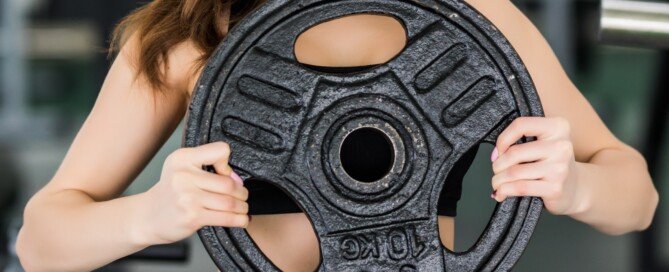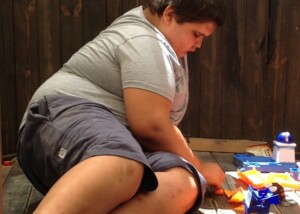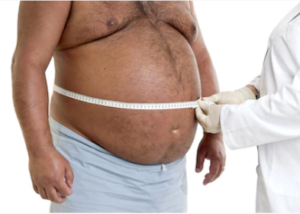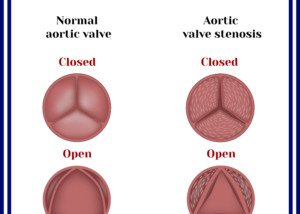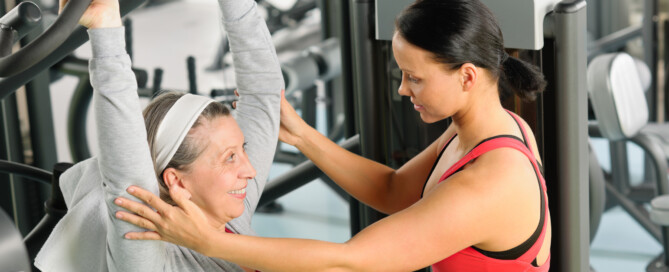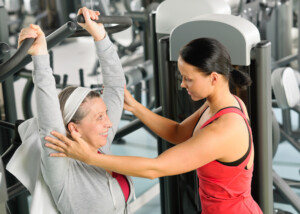Pros & Cons of Fitness Ball Exercises for Older People
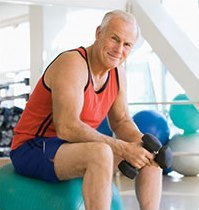
The stability ball, also known as the Swiss or balance ball, is rather popular among older people who exercise at gyms.
When I was a personal trainer my clients of all ages used a big fitness ball sooner or later. I modified the difficulty level to the client’s individual level of fitness.
If you’re an older person, those big, bouncy balls you see at gyms, health clubs and physical rehab centers can benefit you.
There are beneficial exercises, using the Swiss ball, for people of all ages and fitness levels.
I had my most fit clients using the big ball, assigning them routines that the average person could not possibly do.
Meanwhile, I had frail or older clients also doing exercises with a ball, but of course, these were matched to their fitness level.
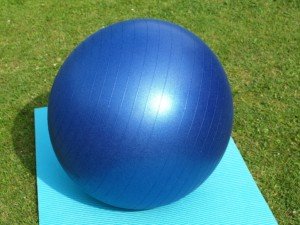
I recommend that people over age 60 include the balance ball in their exercise routines. This includes sitting on the ball while pressing dumbbells overhead.
However, I absolutely urge against doing the majority of your routines with the ball.
This is because this tool does not mimic real-life movement in space. It’s great for a small portion of exercises, but not for most of them.
Pros of a Big Fitness Ball for Older People
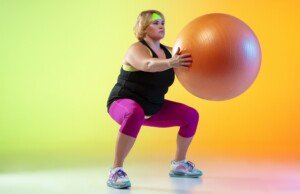
Freepik.com/master 1305
• They aren’t intimidating.
• They add variety to exercise.
• Many routines can be “cool” and funky, a creative change from more traditional routines that can get dull after awhile.
• Many routines are quite effective, such as lying on the ball and pressing dumbbells overhead.
• Can be used by all levels of fitness in older people.
• Highly portable.
Disadvantages of a Fitness or “Balance” Ball for the Older Person
• Does not substitute for basic strength training routines.
• It’s actually possible for people to slide or “fall off” a Swiss ball.
• Provides only limited strength training for the upper body, since balance gets involved and thus makes it more difficult to focus on strength output.
Some people end up spending too much of their exercise sessions with this tool, when instead, this device should be more of an adjunct to a comprehensive fitness regimen that’s based on traditional cardiovascular and strength training routines.
Balance ball exercises are too numerous to list here, but these devices, when purchased, come with illustrated routines.
You can also create routines, plus have a personal trainer demonstrate some that align with your fitness goals.
 Lorra Garrick is a former personal trainer certified through the American Council on Exercise. At Bally Total Fitness she trained women and men of all ages for fat loss, muscle building, fitness and improved health.
Lorra Garrick is a former personal trainer certified through the American Council on Exercise. At Bally Total Fitness she trained women and men of all ages for fat loss, muscle building, fitness and improved health.
Clever Ways to End the Intimidation of Lifting Weights
Here are super powerful and clever ways to end your intimidation over lifting weights.
Turn your intimidation into excitement and eagerness — you’ll be looking forward to every weight workout! (more…)
Is Obesity Selfish? Is Getting Fat Not Fair to Family?

The war rages whether or not obesity is selfish.
It’s like, “How can that mother allow herself to get that way? Her young kids will lose their mother early in life.” Have you heard it put that way before? (more…)
Aortic Valve Replacement in Patients Over 85
Patients over age 85 can benefit from minimally invasive aortic valve replacement.
Don’t let age stop you from having this life-changing procedure. (more…)
How Much Daily Subway Noise Can Cause Hearing Loss?
You’ll be shocked to learn just how little daily exposure to subway noise can damage your hearing.
Do you ride the subway to work every day yet don’t wear protection in your ears to prevent hearing loss?
Protection can be earplugs or the type of ear “muffs” that you see industrial workers wearing.
“New Yorkers may not realize that their daily commute via subways may actually be exposing them to damaging levels of noise!” says Rivka Strom, AuD, CCC-A, chief audiologist at Central Hearing LLC in NY.
“While in the subway car noise levels reach 75-85 dB,” continues Strom. A dB is a decibel, a unit of sound volume. The higher the number, the louder the sound.
“Outside on the busy subway platforms there are large crowds of people, subway performers and multiple trains passing by at once. Here, the noise levels can reach from to 94 to 106 dB!
“At a level of 85 dB the National Institute of Occupational Safety and Health (NIOSH) says that a person should be exposed to this level of noise for a maximum of eight hours.
“At 94 dB the allowed amount of time becomes one hour, and at 106 dB the time becomes 3.7 minutes!
“We can see how extended periods of time in busy subway stations could be causing damage to your hearing.
“What’s important to keep in mind is the effect of noise exposure is cumulative.
“That means that throughout their day they may be exposed to varying levels of noise, often surpassing the allowable time limit.”
You Rely on the Subway for Transportation
Columbia University’s Mailman School of Public Health did research into how much daily subway noise can harm hearing: just 30 minutes a day.
The study included recording decibel levels of sound in NYC’s subway system.
Now before I go on about this study, I’d like to ask if you take pepper spray with you for protection — just in case should you need it while waiting on a subway platform or when in the train.
Just like you won’t go without your pepper spray, you should not venture into the subway without hearing protection. Yes, the noise is THAT potentially damaging.
The report (Journal of Urban Health, Sept. 2006) states that daily subway noise (and this includes on the platforms waiting for the trains, not just inside the trains), “has the potential to cause hearing loss.”
Highest Decibel Level on Subway Platform
The paper says it was 106 decibels.
In the study, greater than one in 10 subway platform measurements was louder than 100 dB; this means a time allowance of 90 seconds. Inside the cars, however, the noise was even louder.
Average maximum level of noise on a subway platform came in at 94 dB. The inside average was 95.
How loud is this?
- A chainsaw is about 100 dB, and a gunblast is 140 dB.
- Normal conversation is 45-60.
Will ear buds help?
Ear buds with music loud enough to drown out some of the subway noise will not offset the potential hearing loss from the train; it will make things worse, says the report.
Solution to Harmful Subway Noise
It’s simple. Wear ear plugs. Custom made ear plugs (available at audiology/hearing aid centers) are far superior to store-bought ones.
Noise cancelling headphones are another option.

Dr. Strom is a member of the American Speech Language and Hearing Association and has received several awards including Brooklyn College’s Excellence In Audiology Award.
 Lorra Garrick has been covering medical, fitness and cybersecurity topics for many years, having written thousands of articles for print magazines and websites, including as a ghostwriter. She’s also a former ACE-certified personal trainer.
Lorra Garrick has been covering medical, fitness and cybersecurity topics for many years, having written thousands of articles for print magazines and websites, including as a ghostwriter. She’s also a former ACE-certified personal trainer.
.
Top image: Shutterstock/ANDRANIK HAKOBYAN
Source: sciencedaily.com/releases/2006/10/061012185519.htm
Is Being Over Age 50 Too Old to Train for a Marathon ?
If you’re age 50 or older and are thinking of training for a marathon, here are reasons to go for it! (more…)
How Obese People Report Their Exercise Habits: Truth or Lie?
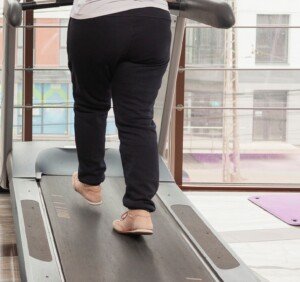
A study says that obese people exercise more than previously believed, but how objective were the patients at reporting their exercise habits? (more…)
How Personal Trainers Can Stop Clients from Talking So Much
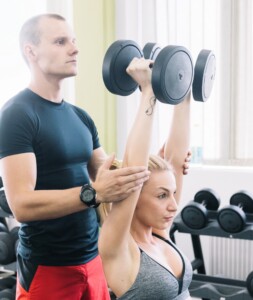
If you’re a personal trainer, you probably have a client who talks too much during sessions.
Or, perhaps as a personal trainer, you haven’t had this problem, but are surely anticipating that sooner or later, you’ll get a client who keeps talking throughout the workout sessions. (more…)
Why Most Personal Trainers Don’t Teach HIIT to Their Clients

HIIT is a very useful tool for fat loss, time-saving cardio exercise and better heart health.
Yet few personal trainers actually instruct this to their clients. Why is this?
There’s more than one reason why most personal trainers don’t have their clients doing HIIT.
Perhaps you’ve recently learned about HIIT and are skeptical of its claims simply because you hardly ever see, if at all, any personal trainers having their clients perform this kind of exercise.
Reasons Very Few Personal Trainers Teach High Intensity Interval Training
#1. Not up-to-date on research. The research (e.g., Gibala et al, Talanian et al) that proves HIIT is superior to fat-burning than is steady state cardio is actually beginning to get old.
Amazingly, many personal trainers are unaware of this research and still cling to the myth that the best way to lose weight is to jog or pedal at a medium or slow pace nonstop for an hour.
HIIT also benefits fitness and heart health.
Studies, such as Buchan et al and Rakobowchuk et al, show that high intensity interval training beats out traditional aerobics for heart health and boosting overall health. More personal trainers need to know this.
#2. Don’t want to bother teaching it. Teaching high intensity interval training is a lot more challenging than simply telling a client, “On your non-weight training days, make sure you do at least 30 minutes of cardio.”
Personal trainers need to take the time and tolerate the tedium of instructing HIIT.
I see too many personal trainers having their overweight clients spend a lot of time on the floor doing various body-position holds or balancing acts, when instead they can be on cardio equipment for just 20 minutes of HIIT and reap enormously more benefits.
However, this requires work on the part of the personal trainer.
The PT needs to convince the client that 20 minutes of HIIT burns much more fat over the next 24 hours than does 60 minutes of steady walking, jogging or pedaling.
Of course, after 20 minutes of high intensity interval training, the client won’t need a lecture. My clients have told me that it was the hardest 20 minutes they’ve ever exercised.

Shutterstock/Iam_Anupong
Another issue is that of pep-talking the client. Some clients will whine and gripe during this form of exercise, and many personal trainers don’t want to deal with this.
I’ve had my clients warm up on a treadmill, elliptical machine and revolving staircase in preparation for their first HIIT session – and they had no idea what was coming.
But I found it fun, rather than tedious, to stand by their side and operate the settings of the machine, giving them pep talks as well as explanations of why HIIT is so effective.
For the clients who preferred the revolving staircase, I’d be standing on the one next to them to reach their control settings.
It was all worth it. They learned a form of exercise they never knew existed, and it helped them become more tuned in to what was happening to their body during hard exercise.
Personal Trainers Owe It to Their Clients to Teach HIIT
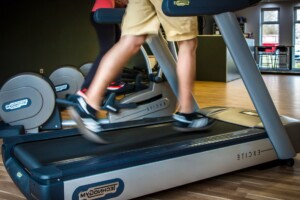
Teaching HIIT must be hands-on – an actual session – rather than just handing your clients a printout from your favorite fitness site of how to do HIIT.
- Make sure the client does not have any medical conditions that contraindicate exercising much harder than they’ve ever done before.
- Very overweight clients can do HIIT, but scaled down – to what would be better termed as just “interval training.”
- Their HIIT sessions should be on their favorite cardio equipment. If they can’t make this choice, then select a mode that best fits their condition. For example, a morbidly obese client would do better on a recumbent stationary bike than on a revolving staircase.
High intensity interval training WORKS. It’s been proven, time and time again. The fact that few personal trainers instruct HIIT should not dissuade you from doing it.
Links to the HIIT Studies
 Lorra Garrick has been covering medical, fitness and cybersecurity topics for many years, having written thousands of articles for print magazines and websites, including as a ghostwriter. She’s also a former ACE-certified personal trainer.
Lorra Garrick has been covering medical, fitness and cybersecurity topics for many years, having written thousands of articles for print magazines and websites, including as a ghostwriter. She’s also a former ACE-certified personal trainer.
.
Top image: Shutterstock/OSTILL is Franck Camhi
Are You a Runner with a Hamstring Injury? Treatment Option

If you haven’t injured a hamstring from running, it’s only a matter of time, so at least get ahead of the game and know how to prevent these and how to treat this injury should you fall victim to it.
I injured my hamstring from running; my hamstring injury is healed. So here is my article on treatment options for hamstring injuries as they apply to runners. (more…)



